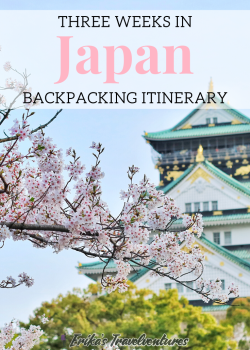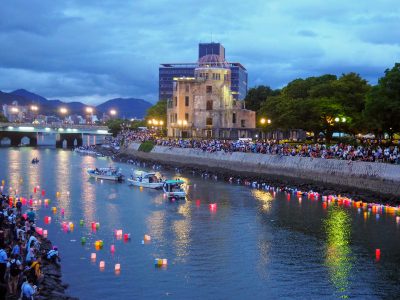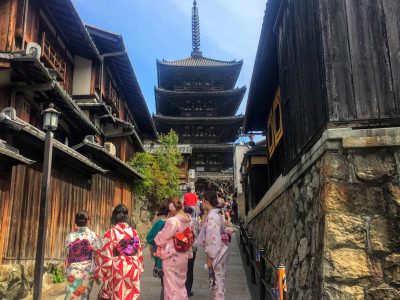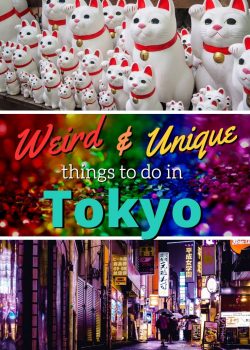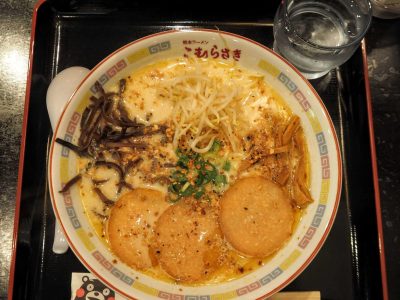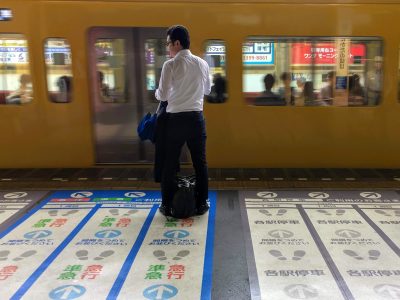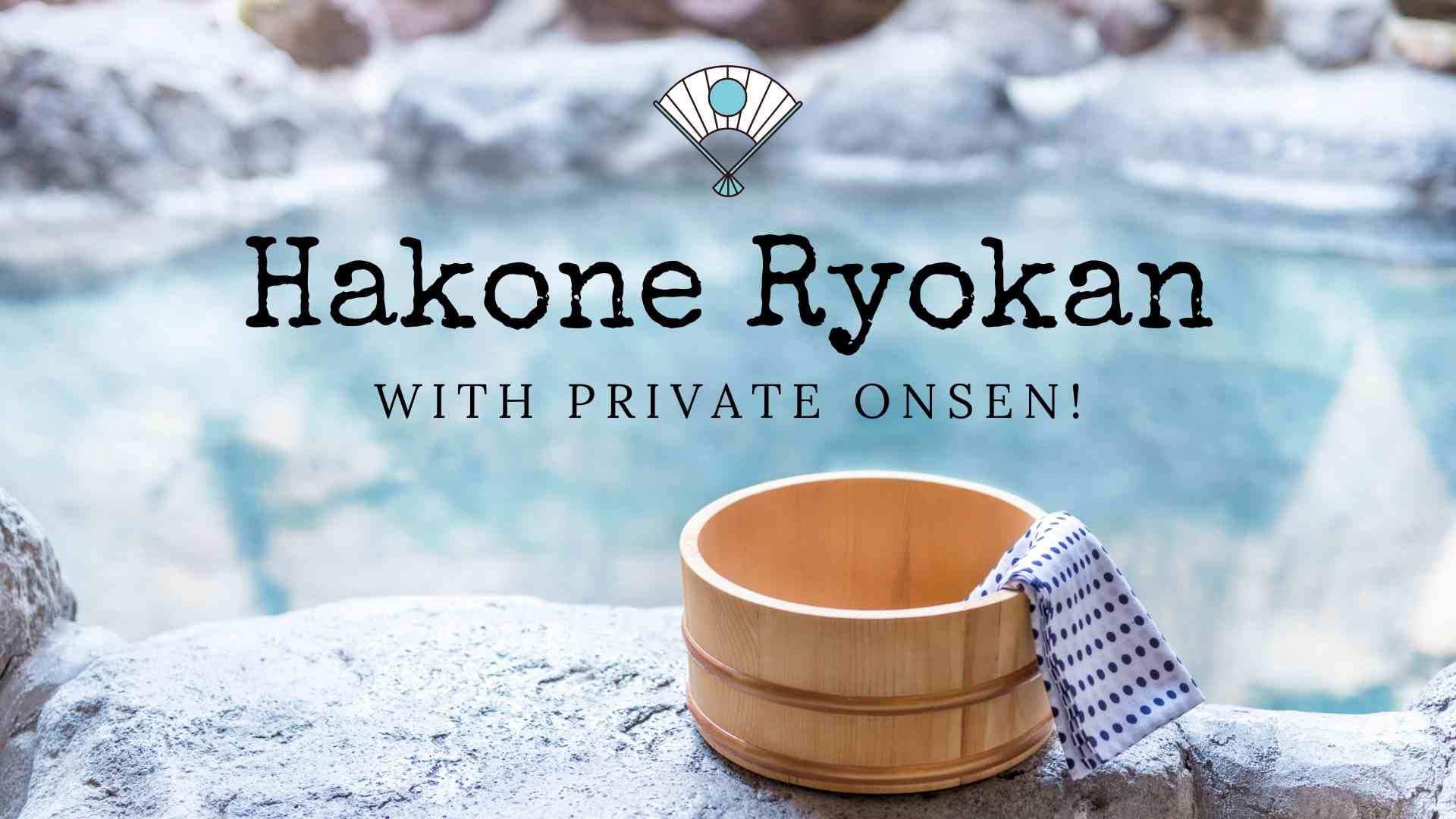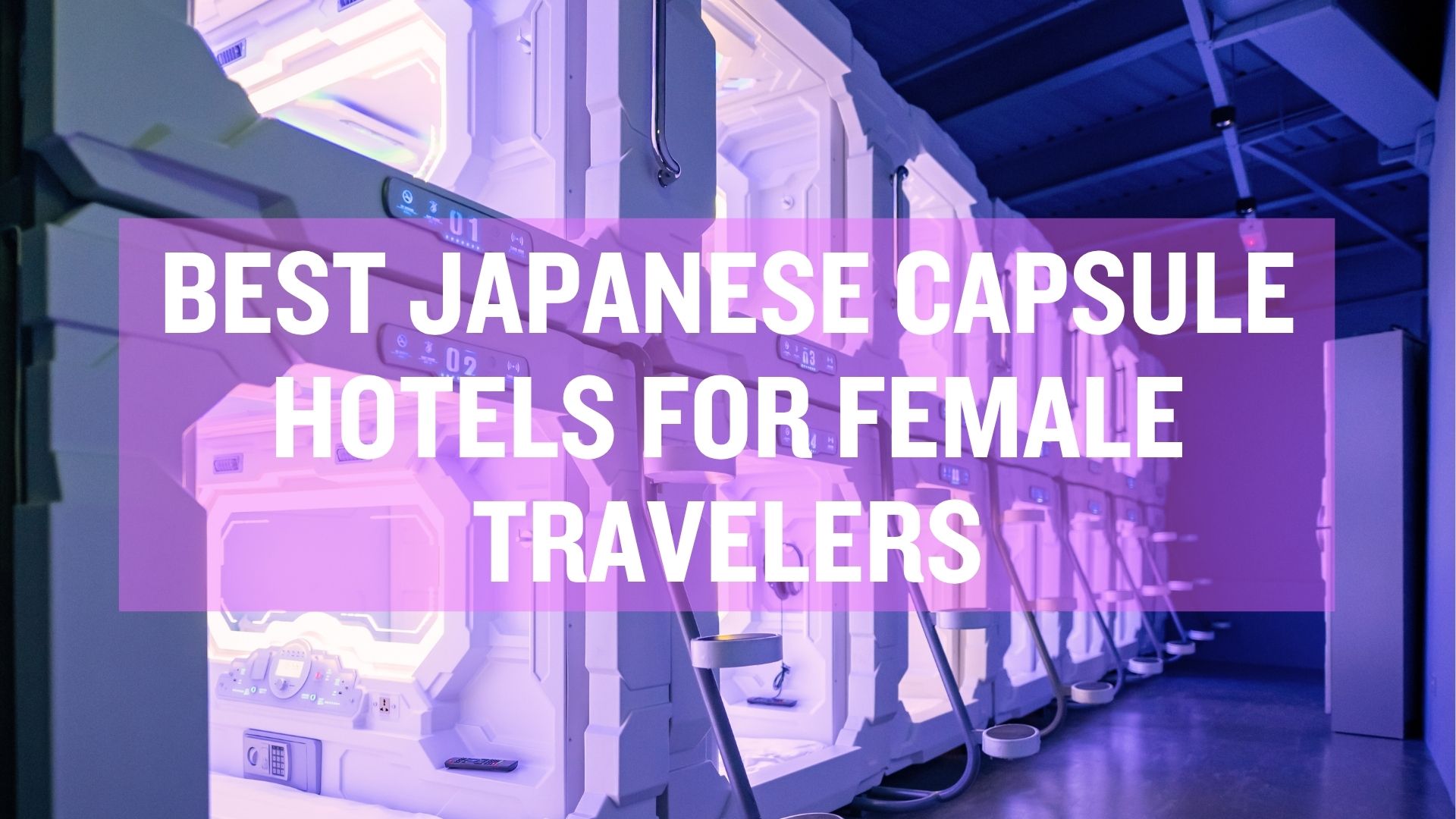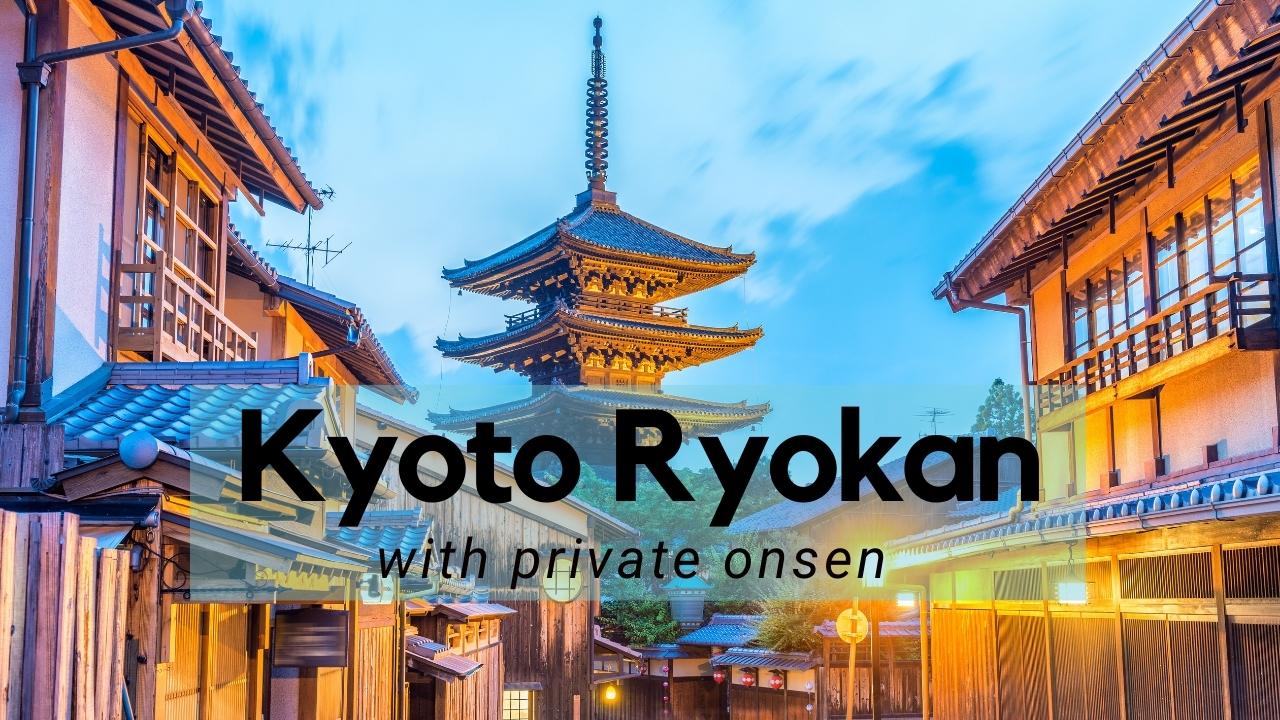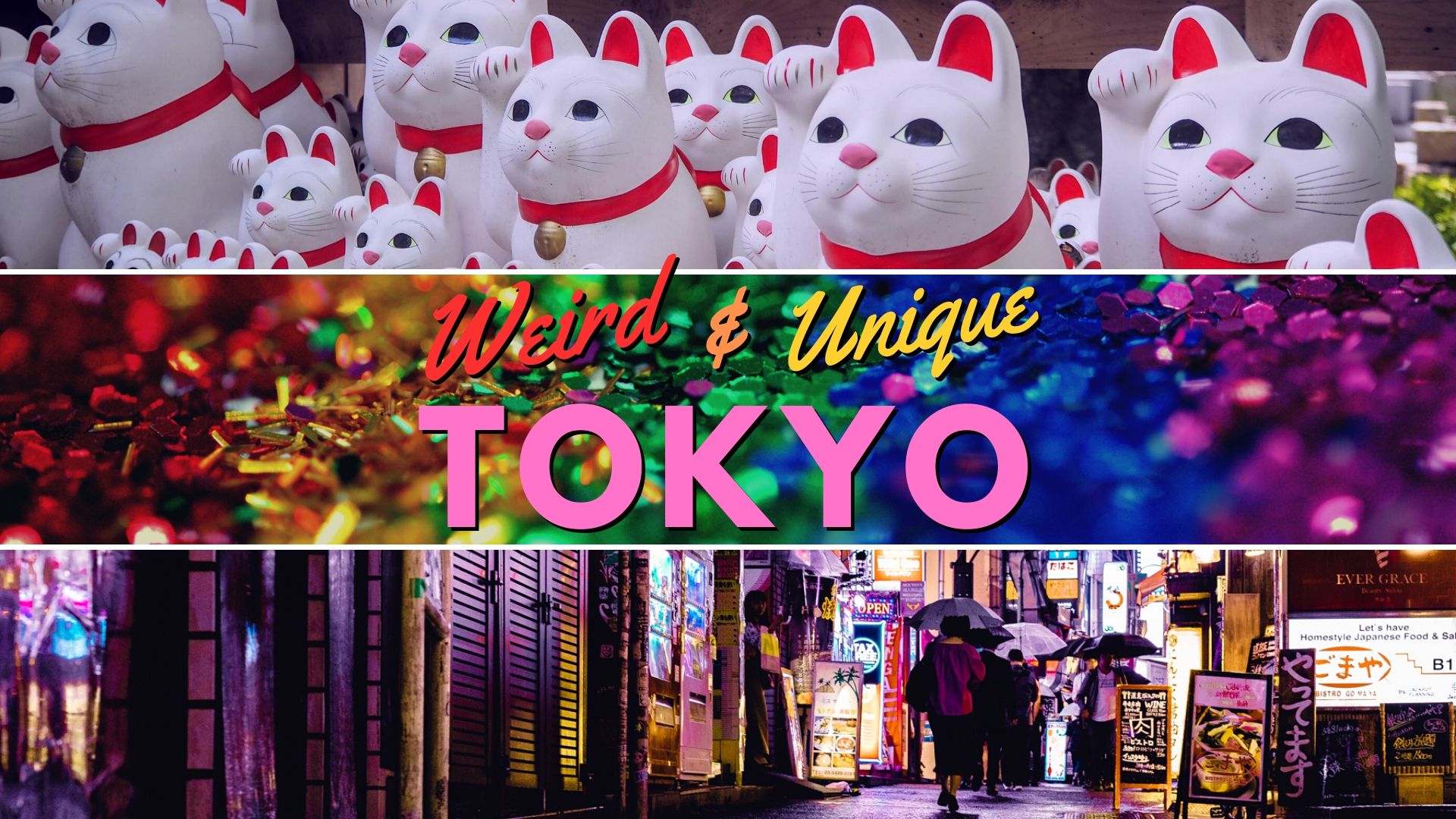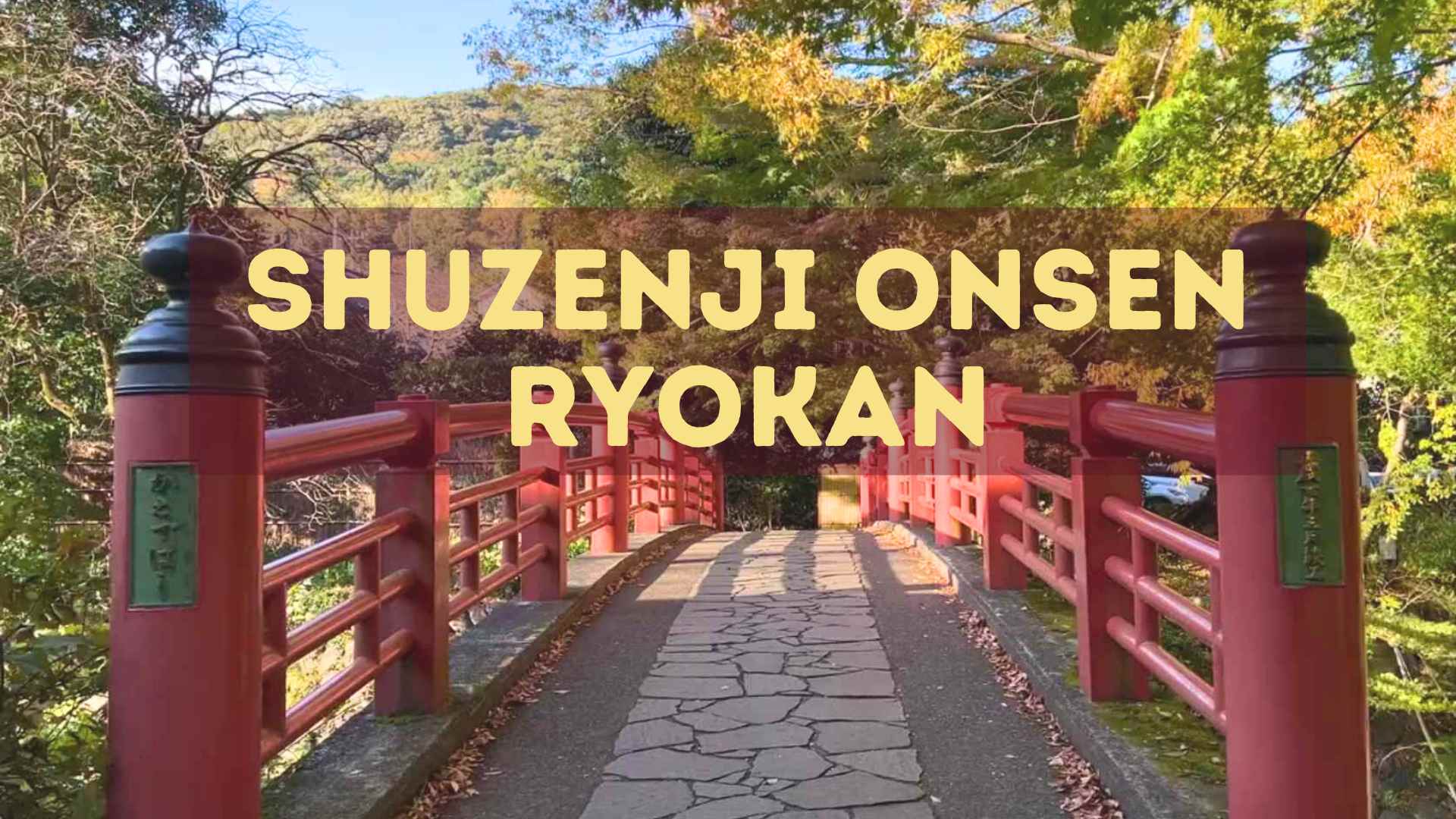
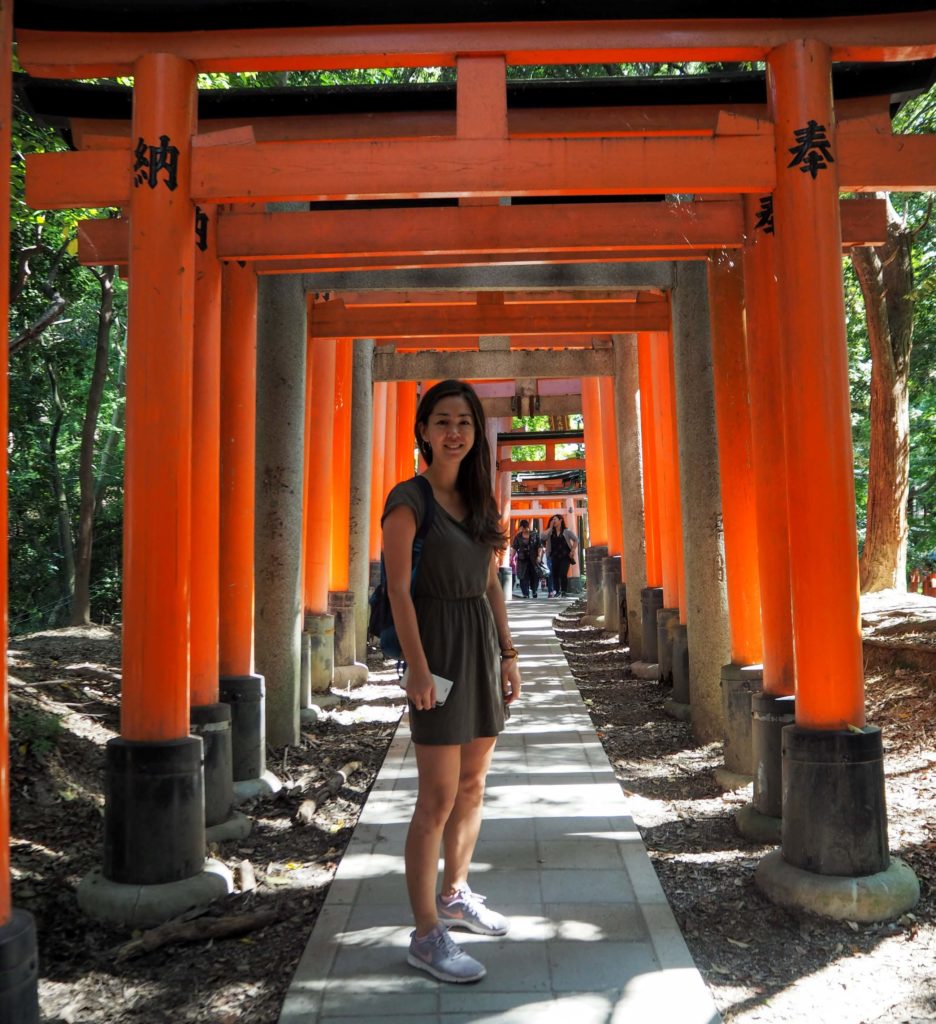
Table of Contents
About Japan
Japan is one of the most popular countries in the world to travel to. Japan is known both for its beautiful traditions and historic architecture, as well as being an ultra-modern society with high-impact pop culture. It’s a perfect mix of the old and the new, and every day traveling in Japan will include a reminder of these contrasts.
From snowy Hokkaido to mountainous Nagano, to flashy Tokyo to historic Kyoto and beachy Okinawa, there’s something in Japan for all visitors to enjoy.
The first point of entry to Japan for most visitors is Tokyo or Osaka, which are where the largest international airports are in Japan. From there, the Japan itinerary possibilities are endless! The most popular route to travel Japan for 1-2 weeks is nicknamed “the Golden Route” and includes Tokyo, Kyoto, Osaka, and Hiroshima. Check out my tips on how to plan an international trip here and my own three weeks in Japan itinerary to get some ideas for your next trip to Japan.
Best Time to Visit Japan: Spring and autumn. Japan is known for beautiful cherry blossoms in the spring and vibrant fall foliage in autumn.
Currency: Japanese yen (¥ or 円), approximately 110-120 yen to $1 USD
Check your Japanese Embassy website for latest requirements and restrictions for entry into Japan. Remember to check whether you need a visa to enter Japan as well (check and order online at iVisa here).

